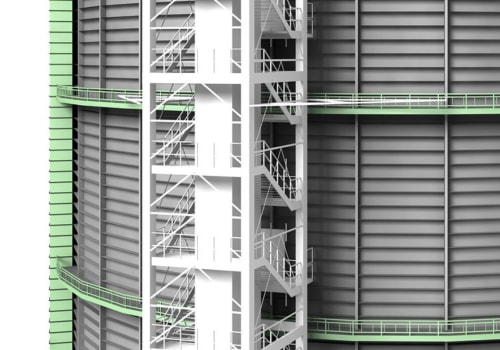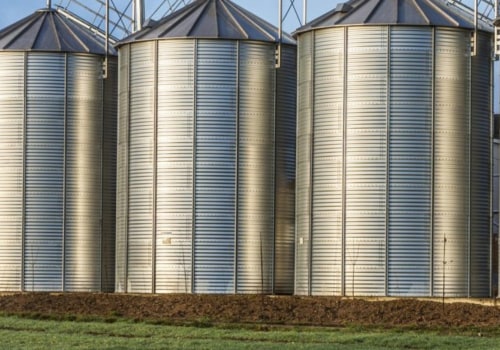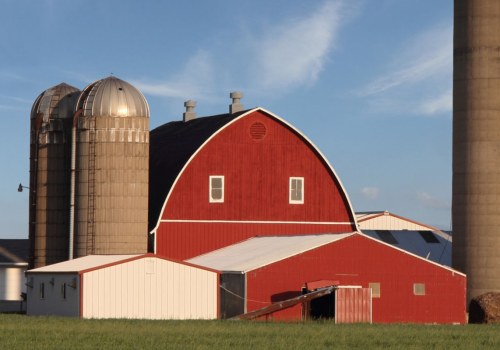Adding the silo structure to your website means that you're organizing your content in a way that Google and users can easily access. In WordPress, this means grouping all your content into a few select categories. Once you've configured the categories, you post a lot in them. With respect to blogs, isolation is the process of organizing related information on your site as a whole.
This silo structure is often traced before a website is launched. The isolation of a website serves to clarify the relevance of the topic and lays the foundation for a high ranking of keywords. It's a fundamental component of SEO and is usually an advanced topic. The navigation on the left (Figure 1) is a perfect example of how to outline the secondary elements of the silo on the home pages of the main silo.
In that case, you should carefully plan which keywords to target in the silo and the content of your potential website with the help of a keyword research tool, such as the Google AdWords Keyword Planner. In any case, it's a good idea to set up content categories that reflect the main themes of the silos, which will help you further establish the organization of the silos. Your website may not contain an inventory of products, but it's still a good idea to organize your content in a silo structure. Since you'll create most of the backlinks to the silo pages and continue to flow down the secondary pages, segmenting a high-volume keyword is very essential for silo pages.
Creating well-structured silos on your WordPress website can be a lot of work, but it'll all be worth it in the end. The term isolation originated as a way to identify the concept of grouping related information into different sections within a website. Despite how effective the silo link structure is, it was never conceived as a standalone SEO strategy that could bring your website to the top positions in search engines on its own. The second navigation level represents the individual landing pages of the main silos and the purpose of this navigation is to focus on the subcategories or secondary silos of this section of the website.
As you can see in the screenshot above, it's very easy to find ideas for silo pages by browsing popular websites and forums in your niche. Creating thematic silos throughout a website is a way to clearly communicate the relevant topics of a site to search engines and human users. Simply put, creating a website silo means organizing content into well-defined categories and subcategories. As you link posts from the silo pages, the link flow will flow throughout the silo structure within the topic.
The silo structure addresses this problem, since the relevant posts on a silo page will be interconnected and each post you create will be on a relevant silo page. By nesting subtopics within a content silo, you're indicating to search engines that your website has thematic authority for that topic.






